How Reservation Dogs Changed the TV Landscape
How “Reservation Dogs” Changed the TV Landscape
The pioneering FX show offered a window into contemporary Native life in all its joys and vicissitudes.
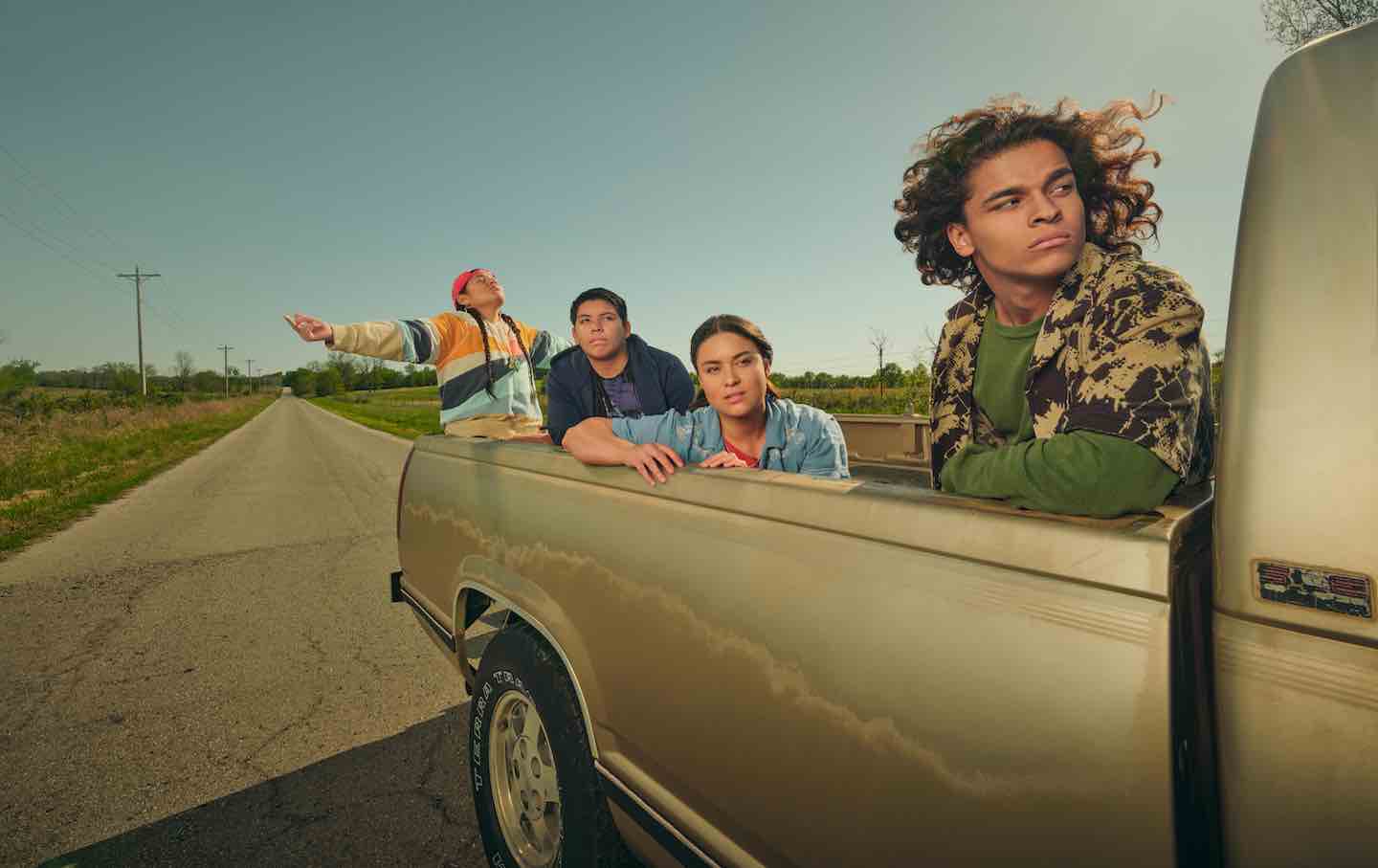
The cast of Reservation Dogs.
. (Courtesy of FX)Reservation Dogs was an act of cultural reclamation. The series broadly followed the coming-of-age stories of four Indigenous teenagers in Okern, Okla.—a fictional stand-in for the city of Okmulgee—but it also shouldered the burden of rewriting on-screen depictions of Native people. It was the first TV show to feature exclusively Indigenous writers and directors, as well as a mostly Indigenous crew, and to be shot almost entirely on location in Muscogee Nation in Oklahoma. The cast was primarily a mix of young, relatively unknown actors and recognizable elder statesmen like Wes Studi and Gary Farmer, as a pointed illustration of the breadth of Native talent ignored or underrecognized by casting directors.
The series, which ended its three-season run earlier this year, depicted contemporary Native life through an irreverent yet sensitive lens. Cocreator and showrunner Sterlin Harjo successfully turned his sitcom into an avenue for social import by highlighting history and culture through strong character work. Reservation Dogs was also an explicit attempt to pave a future for Indigenous actors, writers, and directors in the film and television industry. This desire has already borne fruit in the past few years with Native-created shows like the Peacock sitcom Rutherford Falls, which was canceled last year, and the AMC thriller Dark Winds, both of which featured many overlaps in casting.
At the beginning of the series, Bear (D’Pharaoh Woon-A-Tai), Elora Danan (Devery Jacobs), Willie Jack (Paulina Alexis), and Cheese (Lane Factor) are a band of friends (“Rez Dogs,” as they’re affectionately named) who commit petty crimes to save up enough money to flee their reservation for California. They steal copper from trucks and unload it onto the local scrapyard; they swipe food from stores and wholesalers and sell it to the town at a discount. It’s a plan forged in honor of their friend Daniel (Dalton Cramer), who recently committed suicide, and their shared belief that living in their small Native town will kill them as well.
The first season follows the crew as they prepare to leave Okern, but Harjo and company quickly expand beyond that plot to explore the reservation at large, including its many interconnected members. Rita (Sarah Podemski), Bear’s mother, works at the local Indian Health Services clinic, one of the main forums in the reservation, alongside other aunties in the area. Officer Big (Zahn McClarnon), a tribal cop obsessed with the supernatural, tries to enforce order despite people acting dismissive of his authority. Brownie (Farmer), Elora’s stoner “uncle” (really a close family friend), lives in the woods after years of alienating the community with his reckless behavior. Reservation Dogs diagrams two generations of elders, neatly divided between baby boomers and Generation X, both of whom were profoundly impacted by the sudden death of Cookie, Elora’s mother, in a drunken car wreck.
The fallout of grief from the deaths of young Daniel and Cookie has largely atomized the community; though they still occasionally gather out of tradition, their unresolved anguish has fractured close bonds. Reservation Dogs charts the slow restoration of community as they process their respective losses and regrets, with the Rez Dogs gradually learning to accept the reservation after initially rejecting it. Taking cues from filmmakers like Robert Altman and Richard Linklater, Harjo prefers a panoramic approach to his characters and frequently digresses from his core teen foursome to build out Okern as a microcosmic society with its own history and atmosphere. One episode follows Big on a psychedelic trip as he discovers a white-supremacist cult in the woods; another flashes back to 1976 and chronicles the group of elders as hard-partying high school graduates.
An abiding sense of soul-searching courses through Reservation Dogs. It’s reflected in the approach to direction and writing in a series that frequently incorporates spiritual interventions, inexplicable phenomena, and dialogues about faith. Harjo emphasizes that the quest for understanding never guarantees definitive answers, in this life or the next, but does require embracing Native conceptions of knowledge and tradition to better comprehend the present.
Harjo excavates this wellspring of cultural history to depict how Native practices not only connect people across space and time but can also help a community overcome collective sorrow. He emphasizes his actors’ ensemble in Reservation Dogs in service of a representational coup, demonstrating their capabilities as performers while organically humanizing Native customs. The idea that the Indigenous community is not a clichéd, monolithic body is something that can only be effectively communicated on-screen when Native people are at the helm.
From the early days of silent cinema, depictions of Native people and culture have largely been defined by stereotyping. Twentieth-century westerns frequently cast Indians as stock savages—and even when they weren’t primarily identified by their barbarism, they were portrayed as exaggeratedly saintly or noble figures. Harjo bucks decades of narrow typecasting by portraying a modern Indigenous community as a wide spectrum of familiar personalities, albeit with a unique vernacular and practices that subtly challenge Western orthodoxy. Reservation Dogs keeps the vast majority of casual, intra-Native slang (mvto, skoden, cvpon) unsubtitled for this reason—non-Native speakers must rely on easily discernible context clues to grasp its meaning, because the characters don’t speak for the benefit of outsiders. (One exception is the term “shitass,” a reservation argot parroted by every white or Native character in the series.)
Reservation Dogs repeatedly underscores the ordinariness of its characters as a way to challenge the othering gaze. Elders in the community like Brownie or Bucky (Studi) are portrayed as flawed men with their own histories of selfishness instead of as wise old-timers. Similarly, traditional healers like Old Man Fixico (Richard Ray Whitman) and Daniel’s mother Hokti (Lily Gladstone), who’s serving time in prison for undisclosed reasons, are neither especially righteous nor mystical. Instead, these spiritual leaders are merely everyday people dedicated to helping their community. They emphasize acts of service and pass on grounded ideas that will hopefully bring comfort in troubled times.
Ancestral visions are a common occurrence in the series, but Reservation Dogs frequently undermines their expected stoicism. Bear frequently sees a self-proclaimed warrior, William “Spirit” Knifeman (Dallas Goldtooth), who died at the Battle of Little Bighorn—only not in combat, but also after his horse tripped on a gopher hole. Both a sincere depiction of a spirit guide and a self-conscious critique of Native caricatures, Knifeman operates as an omniscient presence in Reservation Dogs, appearing to people in times of distress while also breaking the fourth wall, but his counsel remains cryptic or sarcastic.
Meanwhile, Deer Lady (Kaniehtiio Horn), a mythological being who takes the form of a beautiful woman with hooves, also recurs throughout the series, instructing kind souls and enacting vengeance against various evil men. She’s initially presented as a deus ex machina figure, helping vulnerable people out of dangerous situations. However, it’s revealed in the third-season episode “Deer Lady” that Reservation Dogs’ version of the figure is the product of an abusive American Indian boarding school from which she fled and was saved (as well as transformed) by an otherworldly deer as a young girl. Directed by Danis Goulet and written by Harjo, the episode uses the character’s origin story to explore a largely underexplored slice of Native history, depicting through a ’70s-horror-film lens how these government-backed institutions forcibly assimilated the Native population into Euro-American culture. They forbade Indigenous people from speaking their mother tongues, forced them to cut their hair and remove any traditional garb, and were rife with physical and sexual violence, all under the guise of Christianizing an oppressed population.
Popular
“swipe left below to view more authors”Swipe →A stylistic departure from the rest of the series, “Deer Lady” is one of the few examples of Reservation Dogs’ adopting a somewhat educational tone, despite the episode’s genre trappings, and it concludes with a cathartic act of violence against the school’s aging proprietor. Yet the series also subtly illustrates how these schools evolved over the course of the last century. “House of Bongs,” a flashback episode set in 1976 that serves as a homage to Dazed and Confused, features another Native boarding school where the students proudly flaunt their cultural identity while voluntarily assimilating into American culture through music, fashion, and cars. Harjo doesn’t belabor this contrast in experiences, but rather implies that Native people should be characterized by their wide range of historical and social circumstances.
When asked to define “the rez” by a stranger, Cheese offers a brief, fair assessment: “Usually isolated, economically depressed, big dreams, not a lot of opportunities. Kind of a food desert.” Reservation Dogs embraces this description but nevertheless depicts reservation life through a nonjudgmental lens, acknowledging its adverse qualities without sensationalizing them. Parents in the community are either absent or relatively young, as many became pregnant when they were teenagers. Only Bear and Willie Jack consistently attend high school, while Elora and presumably Cheese are dropouts. Jobs are scarce and mostly limited to unskilled labor. Many adults in the community struggle with alcohol addiction or mental illness behind closed doors.
Harjo never shies away from these realities, but he also doesn’t present them as unique to the rez. When the series showcases Daniel in an extended flashback scene during the first season, we soon overhear his parents in a loud domestic dispute from outside his house. Later in the episode, we see signs of his erratic, depressive behavior in public, but Reservation Dogs keeps his mindset at a remove; his suicide doesn’t have one root cause, but it’s clear so many in the community failed to see the signs of his distress.
Reservation Dogs’ first two seasons largely follow the gang as they cope with Daniel’s death. The series highlights the dangers of repressing emotions instead of communicating them, considering the specter of colonialism that haunts their histories, but the candid earnestness with which the characters talk through their grief can sometimes cloy. Certain scenes between adults and the Rez Dogs regarding their regrets about Daniel’s death carry the patina of mental-health PSAs. The high premium that the series places on overt mourning so as not to perpetuate a cycle of silence is legitimate, but the execution of characters over-explicating their emotions can seem too much like the series instructing its audience on how to properly grieve.
On the other hand, Reservation Dogs achieves emotional power whenever it conveys grief through ritual. From the first episode, when the Rez Dogs hold a small memorial for Daniel on the first anniversary of his passing, to the funeral of Old Man Fixico, the rez’s respected medicine man, in the finale, the series excels at crafting sequences featuring ceremonial mourning. The second season’s best episode chronicles the community gathering around the bedside of Mabel (Geraldine Keams), Elora’s grandmother, as she’s about to pass. The camera pays witness to various prayers and deathbed rites; we watch as mourners prepare food and celebrate Mabel’s memory through stories and laughter. It’s effective because of the Native artists behind and before the camera: We’re watching them reenact scenes in which they themselves have participated.
When Mabel finally passes, she appears as a spirit to Elora, happy and smiling, something she couldn’t muster in life. Reservation Dogs parallels the deaths of Daniel and Mabel’s daughter Cookie as examples of lost potential and significant markers in the lives of the community, but also as a way to highlight the divergent ways their respective peers handled the loss. The two generations of elders split apart because of their grief, many of them permanently mired in guilt and remorse largely because they had little access to coping mechanisms. It’s here that we see one of the subtle achievements of Reservation Dogs: to feature aging and young Native actors on-screen together, to visually pay tribute to them while laying the groundwork for others to follow in their footsteps.
While far from perfect, Reservation Dogs stood as a genuine testament to the power of representation, which has become a hollow, catchall industry term for superficial on-screen diversity instead of a sincere attempt to reflect the racial makeup of the world. The ostensible promise of prestige TV was that it would provide the space for “niche” ideas to flourish; a flood of original programming across cable networks and streaming services allowed historically underrepresented people to receive financing and a platform, from which an original vision would inevitably arise. As that era comes to an end, and as greater austerity and homogeneity infect every corner of Hollywood, it’s easy to identify a show like Reservation Dogs as the last gasp of that more promising time.
Reservation Dogs ends with the entire community gathering to dig a grave and say a prayer, including the Rez Dogs, who the series makes clear have a promising future ahead of them both within and beyond the reservation. Harjo illustrates that, much like life and death, beginnings and endings are one and the same. But if the series represents the dying embers of a media era that opened its doors to untested talent, then the future remains decidedly uncertain, despite the abundance of Indigenous talent who have proven themselves on- and off-screen. If there’s any note of optimism, it might lie with Martin Scorsese’s latest film, Killers of the Flower Moon, which was filmed on location in Osage and Washington counties in Oklahoma and was reportedly altered considerably from its initial conception through input from members of the Osage Nation, many of whom are prominently featured on-screen. Scorsese implicitly understood the power and necessity of Native authenticity to imbue his narrative of moral corruption and national rot. It’s a concept that Reservation Dogs embraced from the jump: Voices can be heard and then easily ignored, but it’s different when people actually listen.
We cannot back down
We now confront a second Trump presidency.
There’s not a moment to lose. We must harness our fears, our grief, and yes, our anger, to resist the dangerous policies Donald Trump will unleash on our country. We rededicate ourselves to our role as journalists and writers of principle and conscience.
Today, we also steel ourselves for the fight ahead. It will demand a fearless spirit, an informed mind, wise analysis, and humane resistance. We face the enactment of Project 2025, a far-right supreme court, political authoritarianism, increasing inequality and record homelessness, a looming climate crisis, and conflicts abroad. The Nation will expose and propose, nurture investigative reporting, and stand together as a community to keep hope and possibility alive. The Nation’s work will continue—as it has in good and not-so-good times—to develop alternative ideas and visions, to deepen our mission of truth-telling and deep reporting, and to further solidarity in a nation divided.
Armed with a remarkable 160 years of bold, independent journalism, our mandate today remains the same as when abolitionists first founded The Nation—to uphold the principles of democracy and freedom, serve as a beacon through the darkest days of resistance, and to envision and struggle for a brighter future.
The day is dark, the forces arrayed are tenacious, but as the late Nation editorial board member Toni Morrison wrote “No! This is precisely the time when artists go to work. There is no time for despair, no place for self-pity, no need for silence, no room for fear. We speak, we write, we do language. That is how civilizations heal.”
I urge you to stand with The Nation and donate today.
Onwards,
Katrina vanden Heuvel
Editorial Director and Publisher, The Nation
More from The Nation
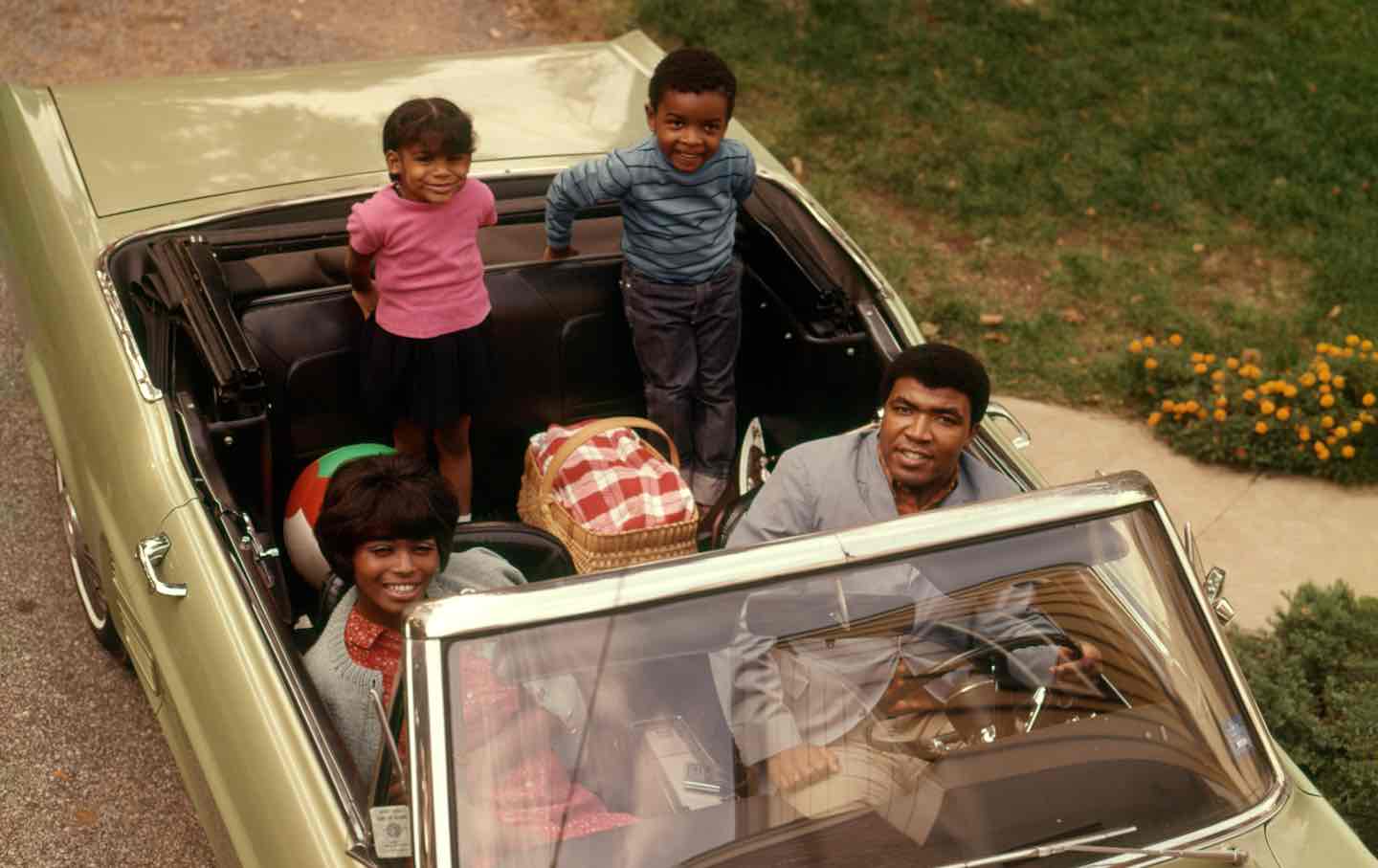
The Perils of a Post-Racial Utopia The Perils of a Post-Racial Utopia
In Nicola Yoon’s One of Our Kind, a dystopian novel of a Black upper-class suburb’s secrets, she examines the dangers of choosing exceptionalism over equality.
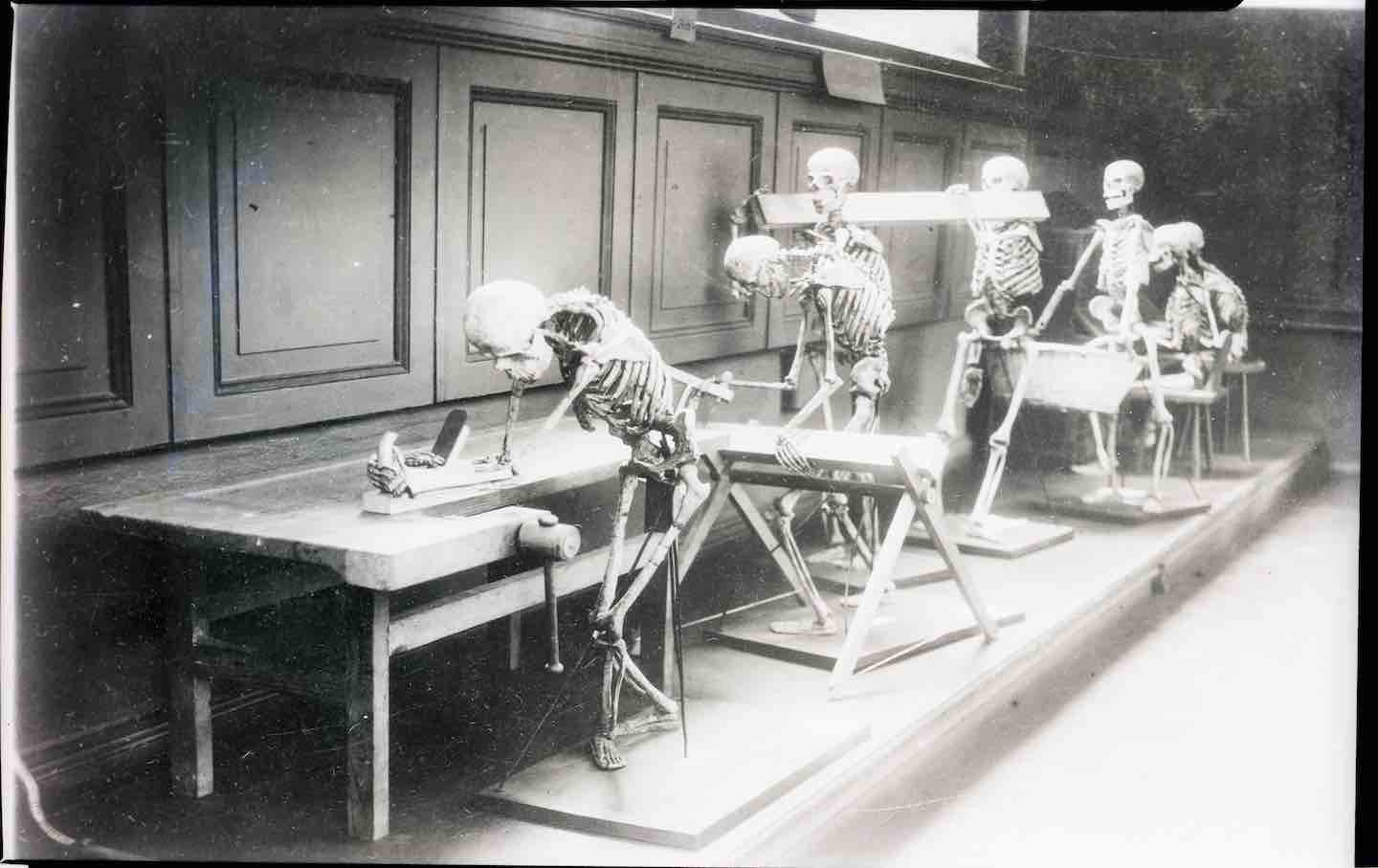
Why Americans Are Obsessed With Poor Posture Why Americans Are Obsessed With Poor Posture
A recent history of the 20th-century movement to fix slouching questions the moral and political dimensions of addressing bad backs over wider public health concerns.
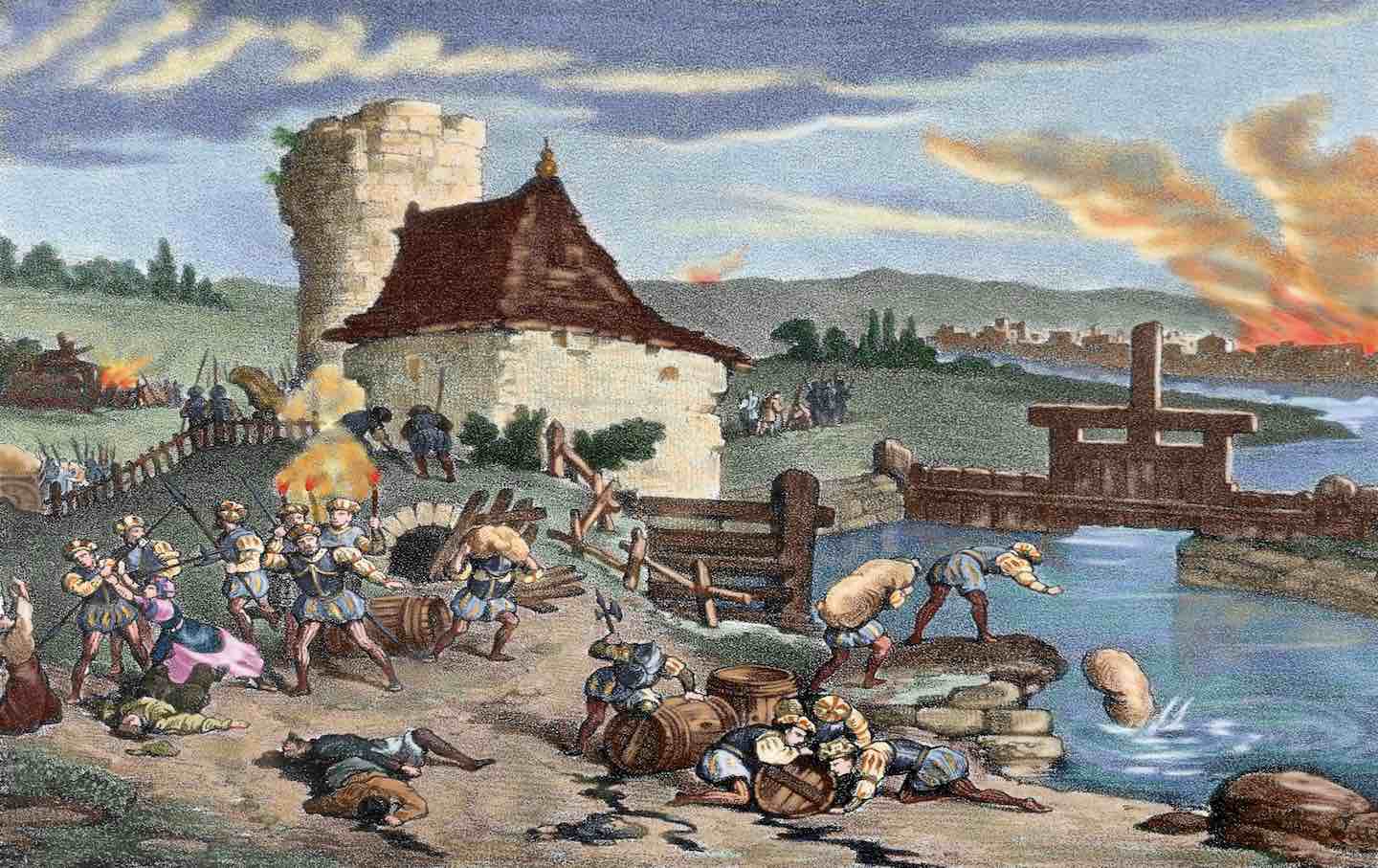
Thomas Müntzer’s Misunderstood Revolution Thomas Müntzer’s Misunderstood Revolution
A recent biography of the German preacher and leader of the Peasants’s War examines what remains radical about the short-lived rebellion he led.
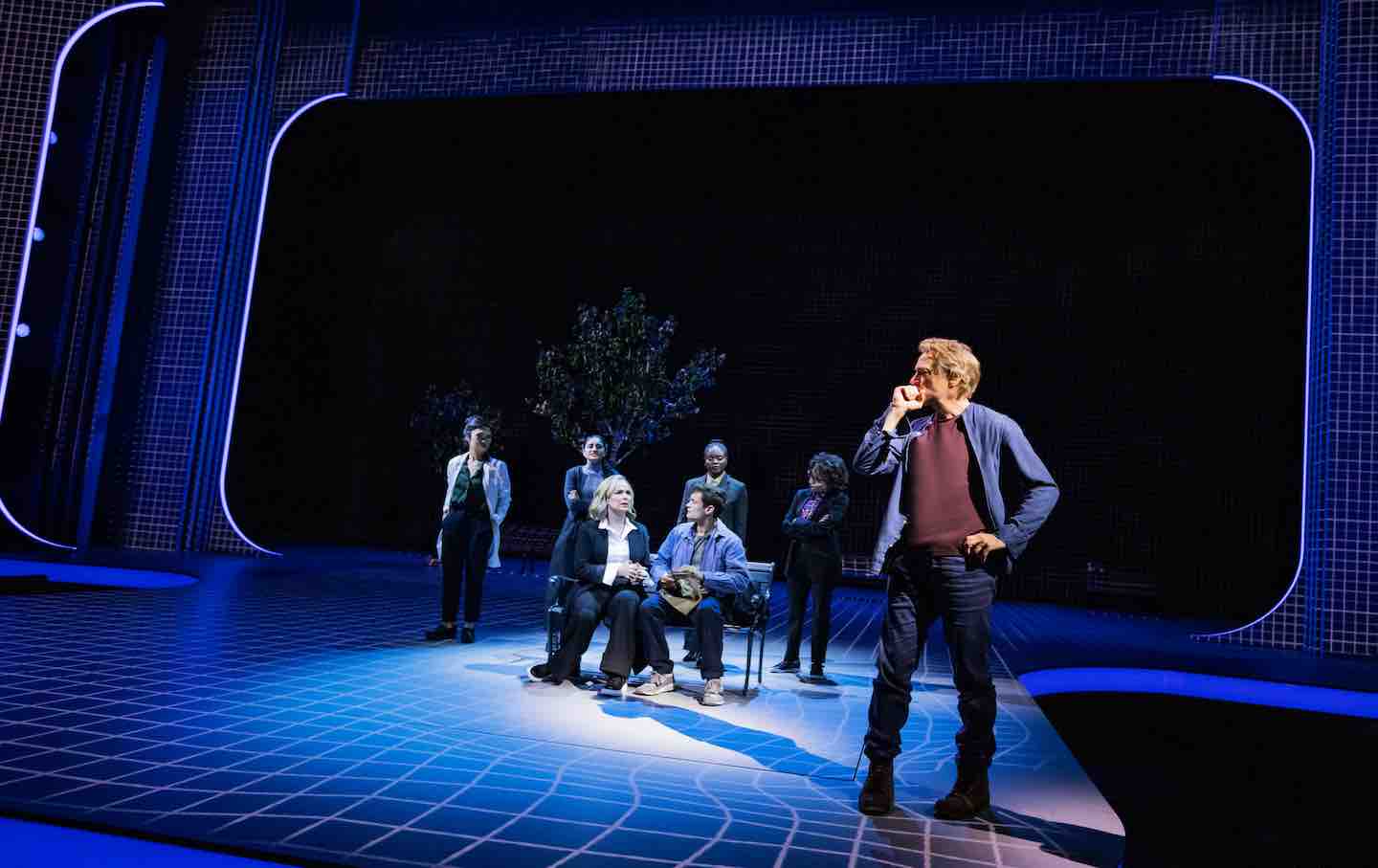
Is It Possible to Suspend Disbelief at Ayad Akhtar’s AI Play? Is It Possible to Suspend Disbelief at Ayad Akhtar’s AI Play?
The Robert Downey Jr.–starring McNeal, which was possibly cowritten with the help of AI, is a showcase for the new technology’s mediocrity.
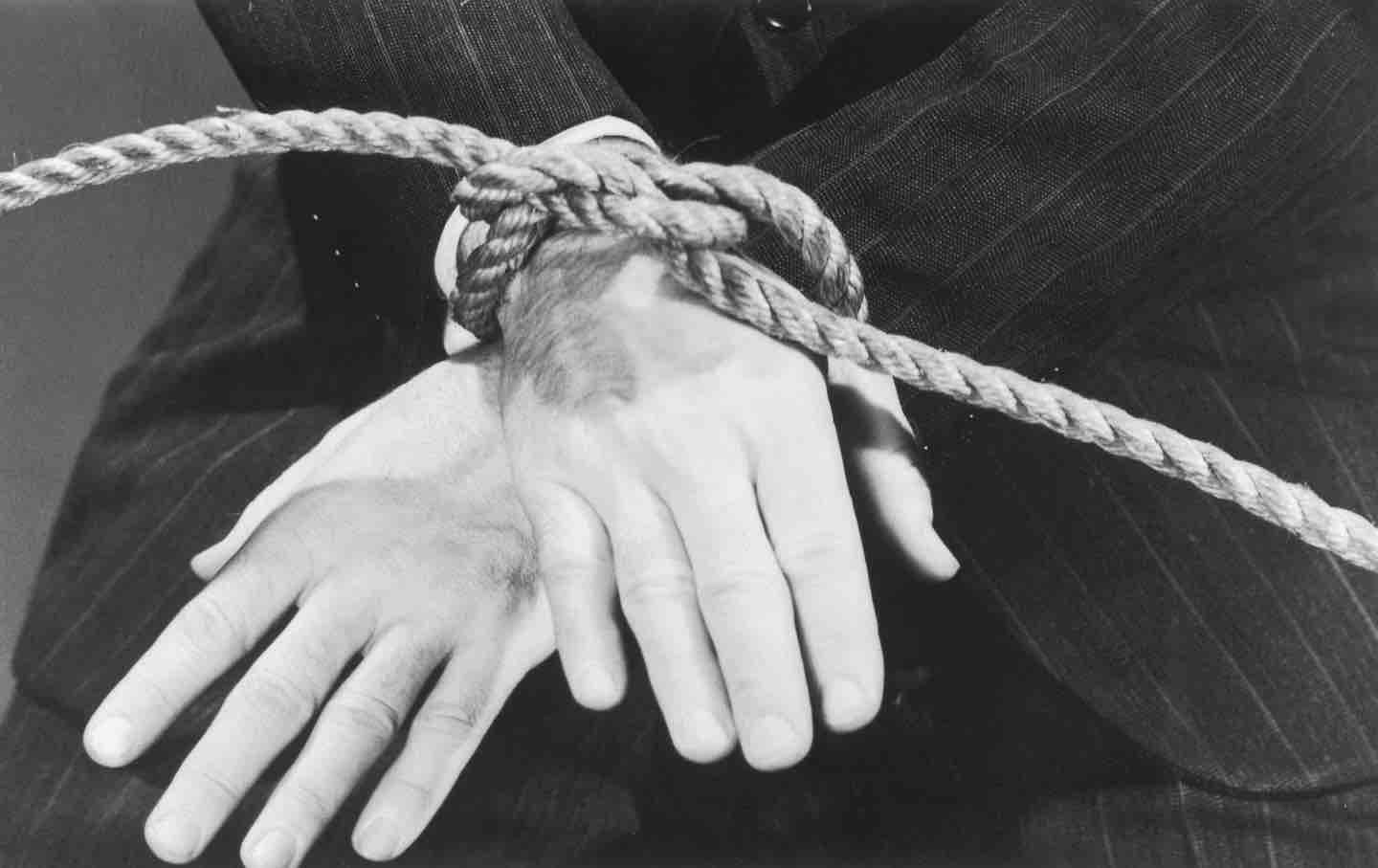
Possibility, Force, and BDSM: A Conversation With Chris Kraus and Anna Poletti Possibility, Force, and BDSM: A Conversation With Chris Kraus and Anna Poletti
The two writers discuss the challenges of writing about sex, loneliness, and the new ways novels can tackle BDSM.
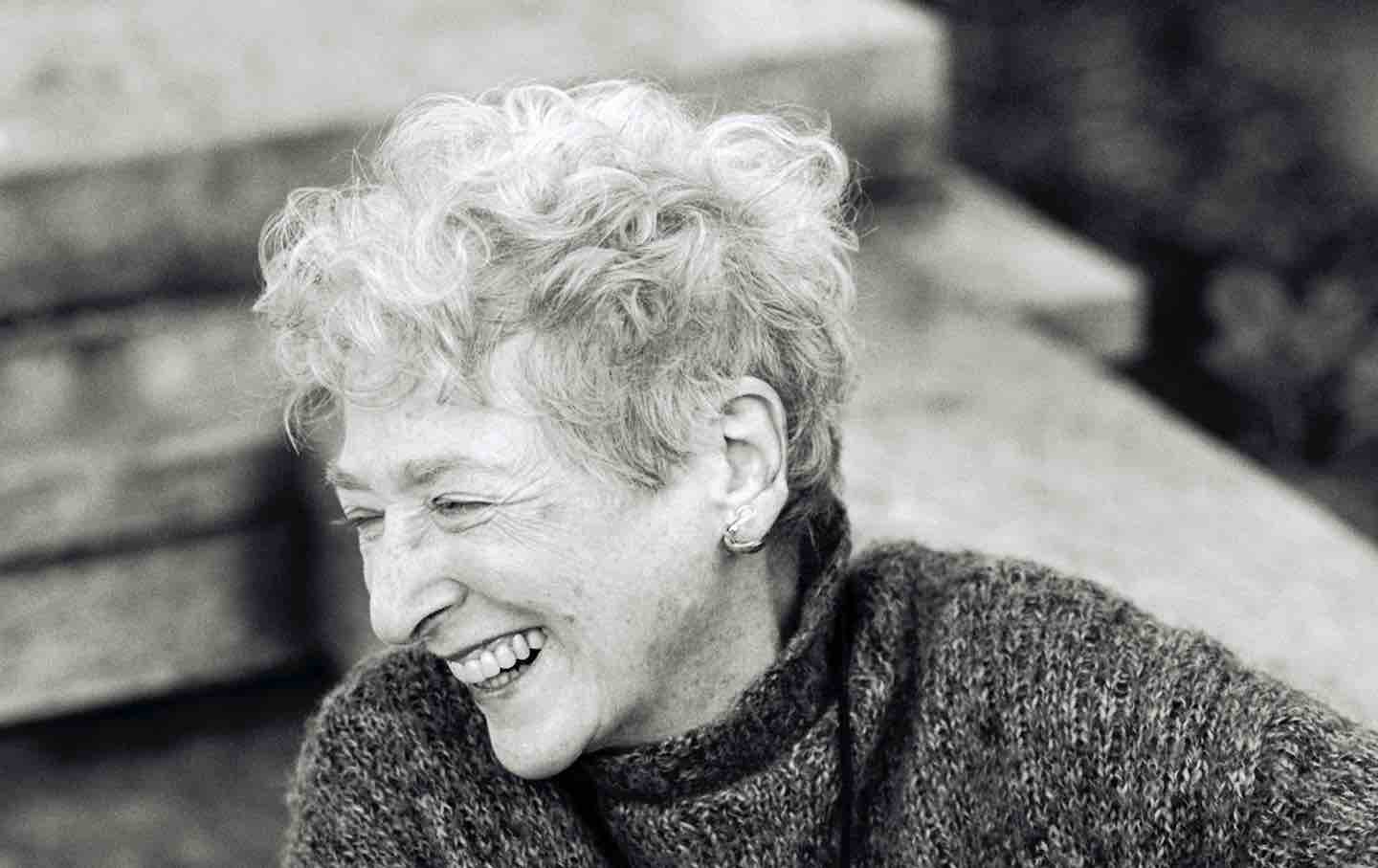
Lore Segal’s Stubborn Optimism Lore Segal’s Stubborn Optimism
In her life and work, she moved through the world with a disarming blend of youthful curiosity and daring intelligence.


